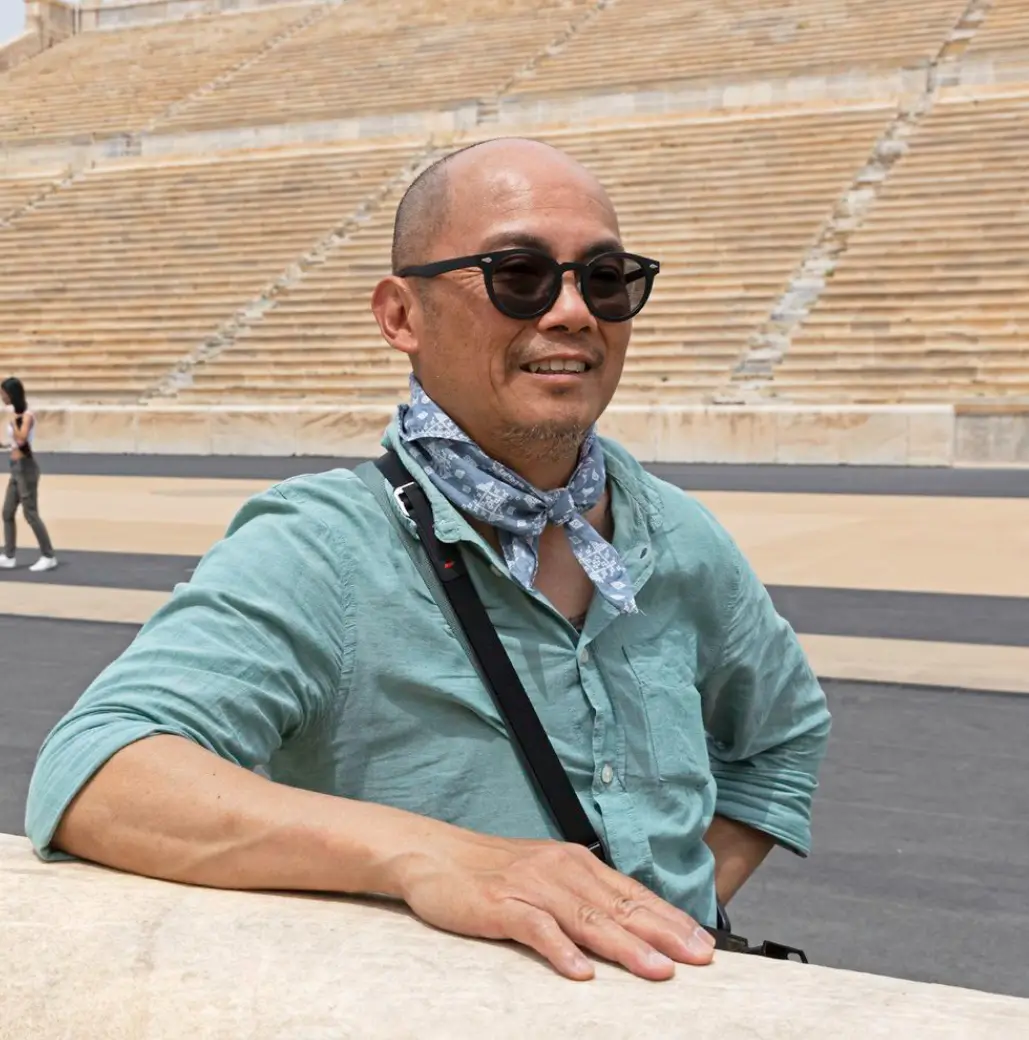Based in the San Francisco Bay area, Edwin Carungay is a graphic design and multimedia
producer – with a profound passion for photography. His journey began in Southern
California’s skateboarding subculture, where he often snapped shots of friends skating
on the streets, ditches, and backyard ramps. This love for skateboarding and documenting
its certain adventures sparked his initial interest in photography.
Edwin’s formal training started in his high school darkroom and graphic arts courses, then
continuing into university alongside his studies as a graphic design major. Photography
remained a constant sideline companion in his life. It was Edwin’s wife, Lesha, also a
photographer, who introduced him to Alex Webb’s work through the book, The Suffering
of Light. This was an epiphany – marking his introduction to the fine art world of street
and documentary photography, igniting a passion that transformed his hobby into a
dedicated pursuit.
As a street and documentary photographer, Edwin’s devotion has led to local and
international exhibitions, and awards from long-admired institutions. His formative years
while in the skateboarding scene are evident in the unscripted and often sentimental
images he makes. When not working as a creative marketing and communications
professional, he spends his time exploring avenues and streets, capturing colorful, candid
moments of people navigating their lives, both in his hometown and abroad.
